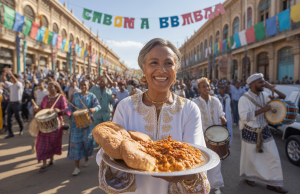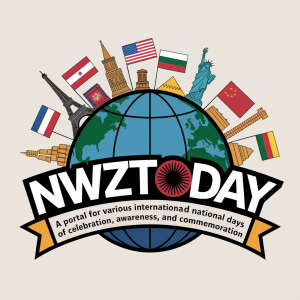The Aymara New Year, also known as Willkakuti, which translates to “the return of the sun,” is a deeply spiritual and cultural celebration observed in the Andes. Marking the winter solstice in the Southern Hemisphere, this day symbolizes the beginning of a new agricultural cycle and is a time for reflection, gratitude, and renewal.
Why is the Aymara New Year Celebrated?
The Aymara New Year is celebrated to honor Pachamama (Mother Earth) and Inti (Father Sun), key deities in Andean cosmology. The winter solstice signifies the sun’s rebirth, a pivotal moment for the Aymara people who rely on agriculture. It’s a time to express gratitude for the past year’s harvest and to pray for abundance and prosperity in the coming year.
The History Behind the Celebration
The roots of this celebration trace back to ancient Andean civilizations, long before the Spanish conquest. These indigenous communities developed a deep understanding of astronomical events, using them to guide their agricultural practices. The winter solstice was a particularly significant event, marking a shift in seasons and the promise of longer days ahead.
In 2009, the Bolivian government officially declared June 21 a national holiday, recognizing it as the Aymara New Year. Since then, it has become a symbol of indigenous pride and cultural preservation, drawing visitors from around the world.
How is the Aymara New Year Observed?
The festivities usually begin in the early hours of the morning at sacred sites such as Tiwanaku, an ancient archaeological site near La Paz, Bolivia. People gather to perform rituals and welcome the first rays of sunlight, believed to carry spiritual energy and blessings.
Traditional ceremonies include offerings to Pachamama, such as coca leaves, grains, and colorful textiles. Participants also engage in music, dance, and storytelling, all of which celebrate Aymara heritage and traditions. The atmosphere is one of joy, unity, and reverence for nature.
Fun Facts About the Aymara New Year
- The Aymara calendar is based on a 13-month lunar cycle, making 2025 the year 5533 in their system.
- The celebration coincides with the Southern Hemisphere’s winter solstice, the shortest day and longest night of the year.
- Tiwanaku, the heart of the celebration, is a UNESCO World Heritage Site and was once the capital of a powerful pre-Columbian empire.
Join the Celebration
If you’re looking for a unique and spiritually enriching experience, consider visiting Bolivia on June 21, 2025, to witness the Aymara New Year festivities. Whether you’re drawn by the ancient rituals, the vibrant cultural expressions, or the breathtaking Andean landscapes, this celebration offers something truly unforgettable.
Embrace the opportunity to learn from the wisdom of the Aymara people and reconnect with nature during this profound and joyous occasion. Mark your calendars and prepare to welcome the return of the sun!









